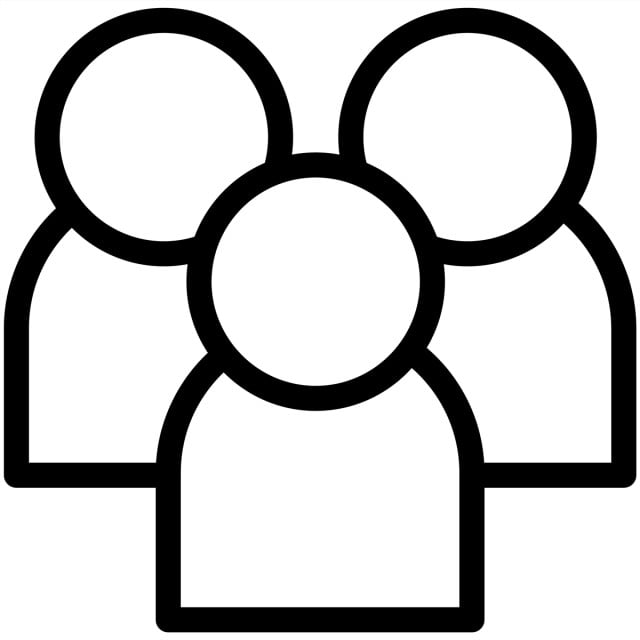Get Free Trial Week Developer Access, Try Before You Hire. Click Here to Claim Now
Coding or programming is a futureproof skill highly valued by multiple industries. If you’re seeking to begin a career in programming but fear that your complete lack of experience will be a colossal roadblock, learning Python is your ideal first step. Python is one of the most beginner-friendly programming languages, and it’s also among the most popular.
In truth, learning how to code isn’t as difficult as it seems, regardless of the first programming language you choose to learn. You can be a professional-grade programmer without going to a university. It’s a skill that can be learned by kids, teens, and adults without much problem.
But with Python, your first steps can be easier. It uses an English syntax and is designed to be concise and easy to understand. With a programming language share of 30.21% on the TIOBE and PYPL Index, learning it will open up plenty of opportunities for a rookie programmer.
This article will discuss how you can approach studying Python even without any programming experience.
Choose an education path
Depending on your age, there will be a more suitable education path for you. Learning Python as an adult means having to balance your time between your livelihood and learning, eliminating university as an advisable option. For children and teens, going the university path is a great choice as their time and focus are still on education. However, the path you take will also be greatly impacted by your learning style and your financial means.
If you want highly structured learning with an authoritative figure keeping you accountable, getting a degree is the best for you, given that you can afford it. If you’re the type who thrives when learning at your own pace and can keep yourself accountable, self-learning is the best path. It gives you the most freedom on how you want to learn and it’s the cheapest. If you want a balance between structure and flexibility, joining a coding boot camp can be a perfect middle ground. It’s significantly less expensive than enrolling in a university.
Figure out what motivates you
Learning Python won’t be the toughest challenge you’ll face in your life, but it’s still going to be a long journey with lots of ups and downs. If your motivations aren’t clear and you can’t keep yourself enthusiastic down the road, you might fail. Before you get into the learning process, figure out what motivates you to learn Python. What kind of career do you want to get out of it? Python is highly versatile, and you have a lot of options. It can be used for building mobile apps, designing websites, developing video games, and even creating robots. Once you’ve determined what you’re interested in, tailor your learning towards it.
Dash through the basics
The most difficult part of learning from scratch can be figuring out where to start. With Python, you should start with basic syntax, and you shouldn’t spend too much time on it. You should get a firm grasp of Python’s basic syntax as fast as you can since it’s not a very enjoyable part of learning it. The faster you get through it, the faster you can get into working on projects and the faster you will learn.
Use online resources
There isn’t a shortage of resources for learning Python, considering its popularity. You just need to know where to look and what kind of resources will suit you better. Before you sit down and study, first make sure the material you’re accessing is teaching you Python 3, not the previous versions, as they’re no longer supported. Many online resources still teach Python 2, which can waste your time if you don’t realize it early.
Some of the best resources for learning Python from scratch are Python.org, which has the official documentation of the programming language; Learn Python.org, which has an interactive approach to teaching; Python for Beginners, which offers content tailored to newbies. These are just a few of the numerous online resources for learning Python. If you find one resource is lacking or doesn’t suit your learning style, you can always explore others. Whether you’re searching for a python guide for young people or a video tutorial on a specific concept, you’ll surely find one on the Internet, free or paid.
Know how you learn best
People have different learning styles, and you should approach learning Python in a manner that fits yours. If you don’t know which manner is most effective for you, you can try out different techniques and stick with the one that works best. Looking at examples online, watching video tutorials, having organized notes, jumping straight into projects, or collaborating with other students are just some of the approaches you can take.
Regardless of your preference, keep in mind that the best way to learn Python is consistent practice. Invest time into coding every day and eventually, you’ll develop muscle memory which will help you a lot. If you find it difficult to commit to coding every day, you can start small with just a few minutes a day and invest more time as you progress.
Take on tougher projects
Progressing your learning of Python means taking on harder and harder challenges. Once you find yourself confident in doing something, it means it’s time to move on to a more challenging one. This doesn’t necessarily mean you should progress to a more advanced topic; this can mean just upscaling the projects you’ve done before.
You can try to increase the scale of previous projects. Make it handle more data or traffic. You can even make it run faster. You can expand its usability and make it commercially viable. Doing these will push your knowledge and skills faster.
Final words
Python is an excellent gateway to programming. Knowing where to start and being clear with your goals shall help in making your learning process a successful one. Just stay consistent and stick with the techniques that suit you best.
Subscribe to Our Newsletter!
Join us to stay updated with our latest blog updates, marketing tips, service tips, trends, news and announcements!




















